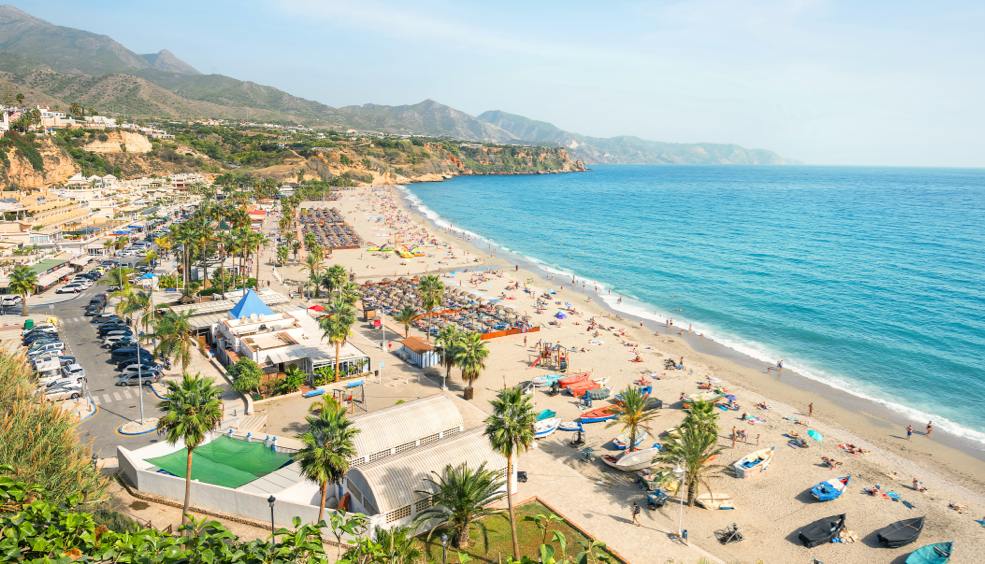SHOPPING SPECIAL: 7 UNMISSABLE DESTINATIONS
London, Milan, Berlin, A Coruña, Paris, Barcelona and Stockholm are our favourite cities for shopping tourism. Essential destinations for shopaholics!
more infoNew routes from London to Spain with Vueling
Gatwick Airport now has direct flights to Malaga (Costa del Sol, Andalusia), Seville (Andalusia), Granada (Andalusia), Almería (Andalusia), Cádiz (Jerez, Andalusia), Menorca (Balearic Islands), Oviedo (Asturias) and A Coruña (Galicia).
more infoPueblo de Navidad de María Pita
On winter, the urban heart of A Coruña changes the aspect to become a Christmas paradise out of a fairy tale.
Despite the cold and the short days, for a few weeks A Coruña shines with warm Christmas lights that illuminate this beautiful city to make us forget the winter inclemency.
From November 28th to January 2nd, María Pita Square – one of the most beautiful and known spots in the city – becomes the Christmas village, with traditional wooden houses with snow on the roof and paths surrounded of firs that seem like the Christmas markets in the rest of Europe.
This place has lot of magic and fun opportunities for the kids, who could enjoy attractions made for them. Leisure activities, stalls for wishing well – benefits go to local charities from the city – and Santa Claus house, where Santa receives the kids and answer their wishes.
This is an activity for all the family, with more than a 100 workshops to learn how to design a Christmas tree or Christmas Cards, among others. These workshops take place daily in the afternoon (from 17:15 to 19:15h.).
For any age there are activities night and day, two or three daily music performances, in the stage in front of the City House.
Near the Christmas village, at the exhibition room of the City House, there is a traditional nativity scene, with the classic reproduction and including other famous people from the history of A Coruña, distributed on 100 m².
To the most remarkable dates of the holidays, Christmas Eve and New Year’s Eve, the hospitality in A Coruña offers many activities to enjoy with your friends. And, of course, on January 5th by the afternoon, the activities are for the kids: the Three Magic Kings parade around the city for the enjoyment of everyone.
With this variety of offers, is not strange that every year thousands of tourists go to A Coruña and the Christmas village of María Pita to enjoy the magic of Christmas.
Picture from entrelazosyabalorios
Why not take a trip to A Coruña? Have a look at our flights here!
more infoFIVE OFFBEAT WEEKEND DESTINATIONS (FOR SOMETHING DIFFERENT)
Looking for a different kind of destination to get away? Keen to discover somewhere new? Pack your bag and head to these cities which you've probably never visited.
more info




